Rising Demand in Construction
The Global Pine Tar Market Industry experiences a notable surge in demand due to the increasing utilization of pine tar in construction applications. Pine tar serves as an effective preservative for wood, enhancing durability and resistance to decay. As global construction activities expand, particularly in developing regions, the market is projected to reach 1.96 USD Billion in 2024. This growth is driven by the need for sustainable building materials and eco-friendly solutions, aligning with global trends towards environmentally responsible construction practices. The adoption of pine tar in various construction projects indicates a shift towards natural products, potentially influencing market dynamics.
Growth in the Automotive Sector
The automotive industry significantly contributes to the Global Pine Tar Market Industry, as pine tar is increasingly used in the production of tires and other automotive components. The material's unique properties, such as its ability to enhance adhesion and durability, make it a preferred choice among manufacturers. As the automotive sector continues to expand, particularly with the rise of electric vehicles, the demand for high-performance materials like pine tar is expected to increase. This trend suggests that the market could grow to 2.87 USD Billion by 2035, with a compound annual growth rate of 3.52% projected from 2025 to 2035, reflecting the material's essential role in modern automotive manufacturing.
Diverse Applications Across Industries
The versatility of pine tar contributes to its growing presence in the Global Pine Tar Market Industry. Its applications span multiple sectors, including agriculture, construction, and personal care. In agriculture, pine tar is utilized as a natural pesticide and soil conditioner, promoting healthier crops. In construction, it serves as a wood preservative, while in personal care, it is valued for its therapeutic properties. This diversity in applications indicates a robust market potential, as industries seek to incorporate natural and effective solutions. The multifaceted nature of pine tar positions it favorably for sustained growth, appealing to a wide range of consumers and businesses.
Increased Awareness of Natural Products
Consumer awareness regarding the benefits of natural products drives growth in the Global Pine Tar Market Industry. As individuals become more health-conscious and environmentally aware, there is a marked preference for natural over synthetic alternatives. Pine tar, known for its antibacterial and antifungal properties, finds applications in personal care products, such as soaps and shampoos. This shift towards natural ingredients aligns with broader consumer trends, suggesting a potential increase in market size as manufacturers respond to this demand. The growing inclination towards organic and natural products could significantly influence the market landscape in the coming years.
Regulatory Support for Sustainable Practices
Regulatory frameworks promoting sustainable practices bolster the Global Pine Tar Market Industry. Governments worldwide are increasingly implementing policies that encourage the use of renewable resources and environmentally friendly materials. Pine tar, derived from pine trees, aligns with these sustainability goals, making it an attractive option for various industries. As regulations favor eco-friendly products, the market is likely to benefit from enhanced support and funding for research and development. This regulatory environment may facilitate innovation and expansion within the pine tar sector, potentially leading to increased market penetration and growth opportunities.


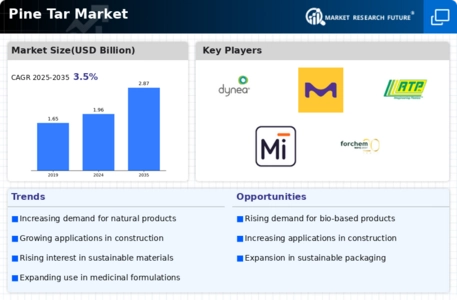
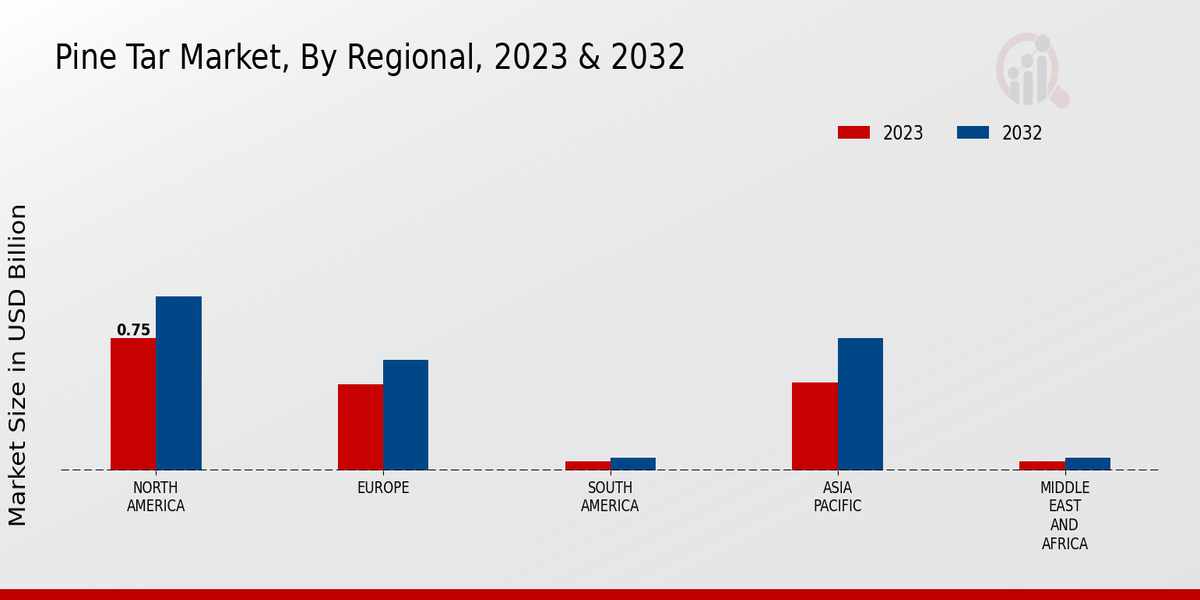
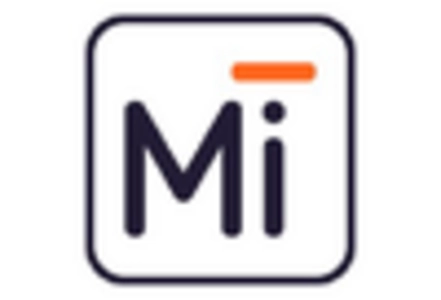
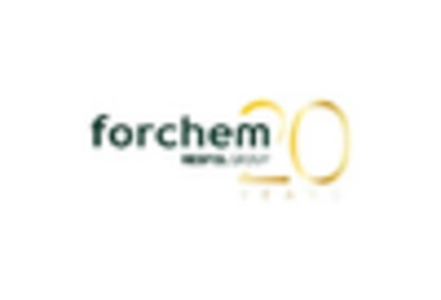


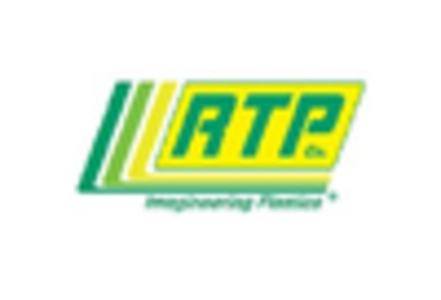








Leave a Comment